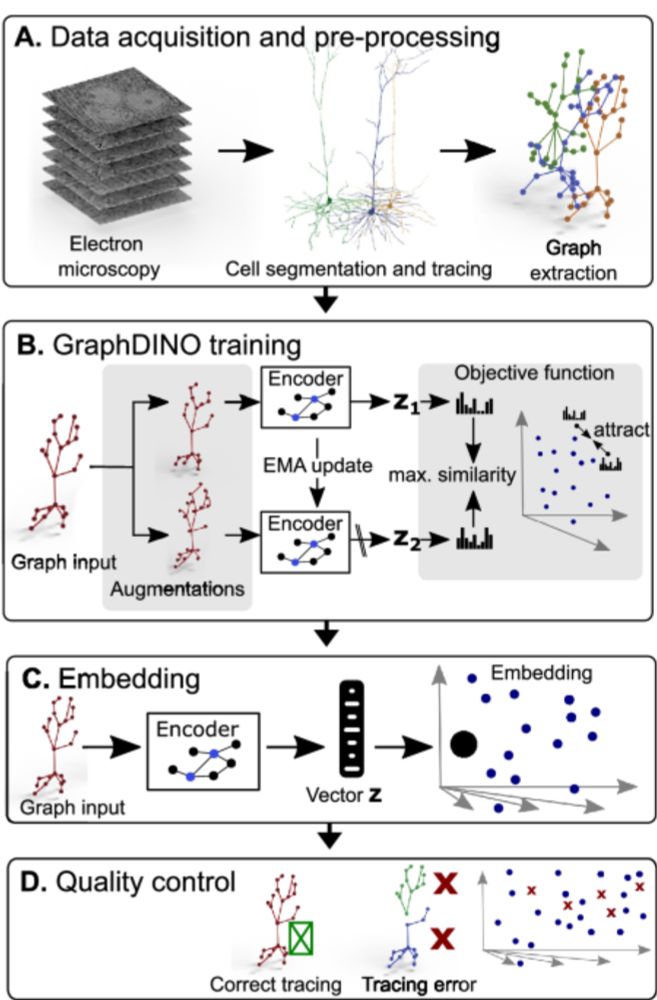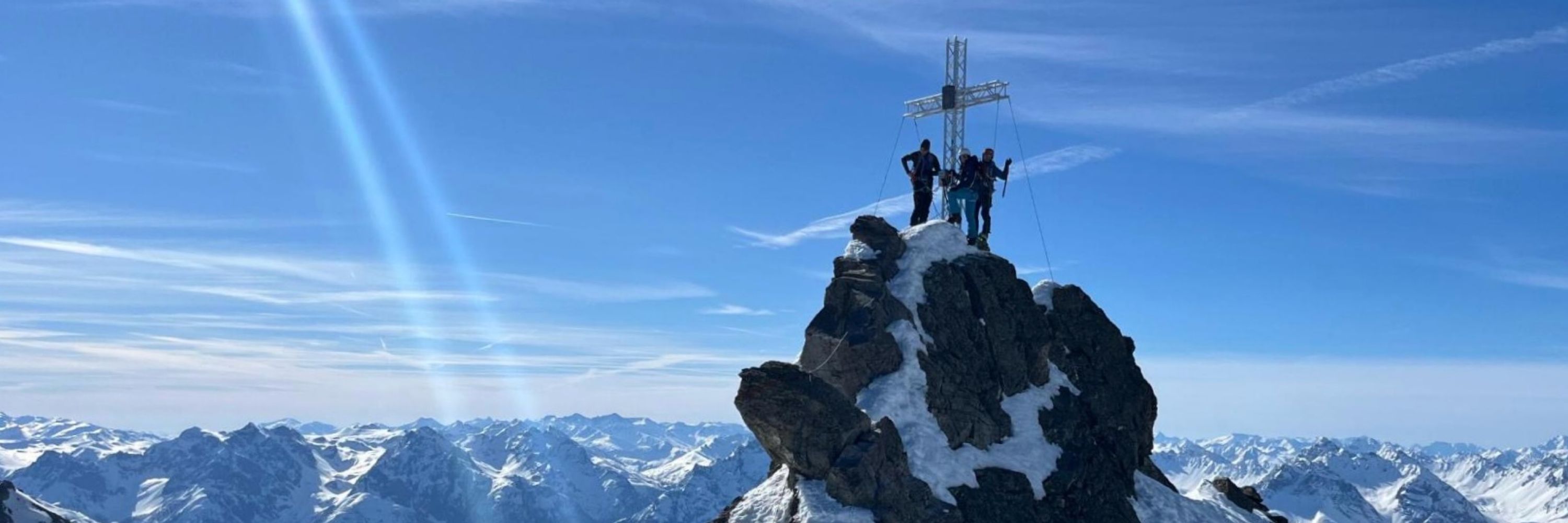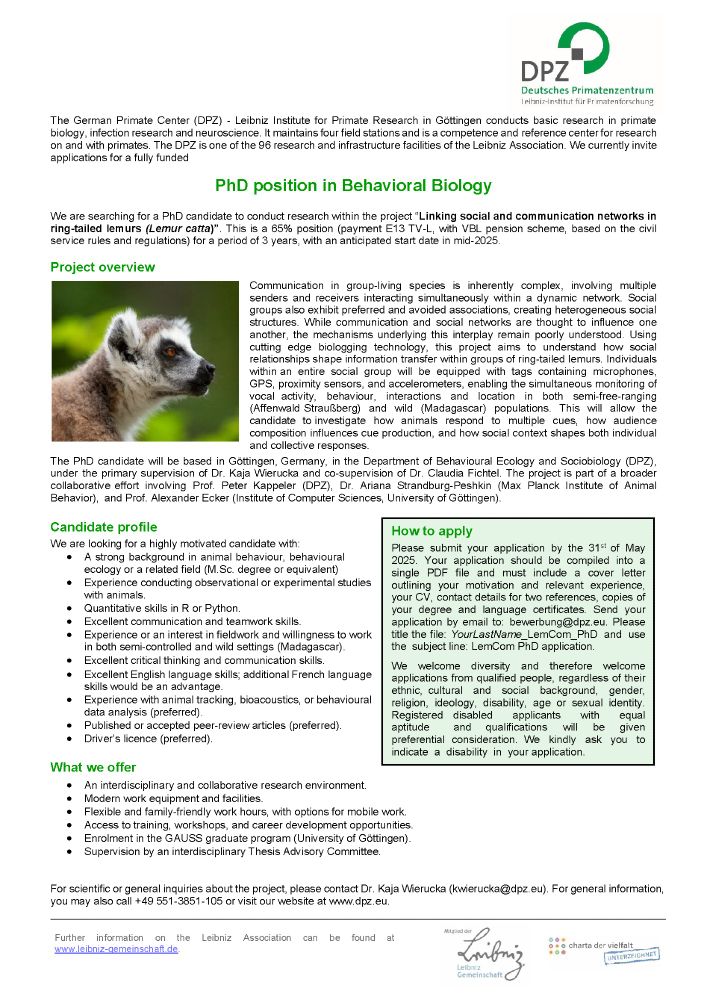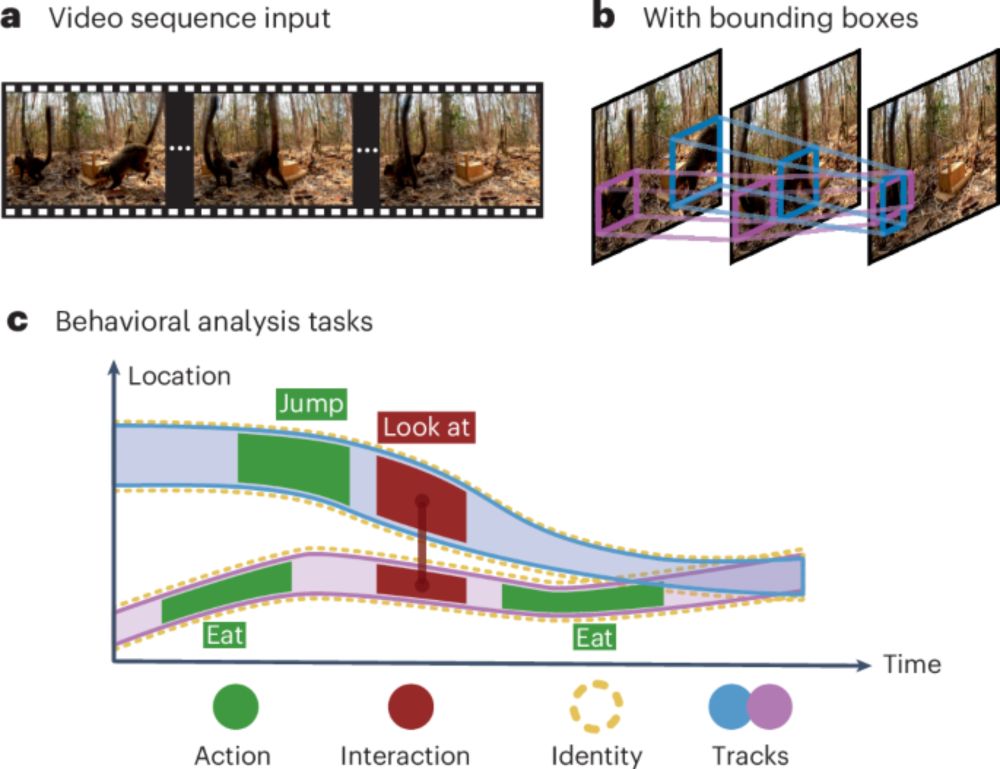Alexander Ecker
@aecker.bsky.social
370 followers
370 following
24 posts
Neuroscience, Machine Learning, Computer Vision • Scientist at @unigoettingen.bsky.social & MPI-DS • https://eckerlab.org • Co-founder of https://maddox.ai • Dad of three • All things outdoor
Posts
Media
Videos
Starter Packs
Alexander Ecker
@aecker.bsky.social
· Aug 15
Alexander Ecker
@aecker.bsky.social
· Aug 15
Alexander Ecker
@aecker.bsky.social
· Aug 15
Alexander Ecker
@aecker.bsky.social
· Aug 15
Alexander Ecker
@aecker.bsky.social
· Aug 15

Home - CAIMed - Niedersächsisches Zentrum für KI und Kausale Methoden in der Medizin
CAIMed is the Lower Saxony research center for artificial intelligence and causal methods in medicine. We develop innovative methods for improved, personalized healthcare and contribute to the managem...
caimed.de
Alexander Ecker
@aecker.bsky.social
· Aug 15
Reposted by Alexander Ecker
Alexander Ecker
@aecker.bsky.social
· Apr 18

Generalization in data-driven models of primary visual cortex
Deep neural networks (DNN) have set new standards at predicting responses of neural populations to visual input. Most such DNNs consist of a convolutional network (core) shared across all neurons...
openreview.net
Reposted by Alexander Ecker
Alexander Ecker
@aecker.bsky.social
· Apr 11
Alexander Ecker
@aecker.bsky.social
· Apr 11

An unsupervised map of excitatory neuron dendritic morphology in the mouse visual cortex - Nature Communications
Excitatory neurons in the neocortex exhibit considerable morphological diversity, yet their organizational principles remain a subject of ongoing research. Here, the authors use unsupervised learning ...
www.nature.com













